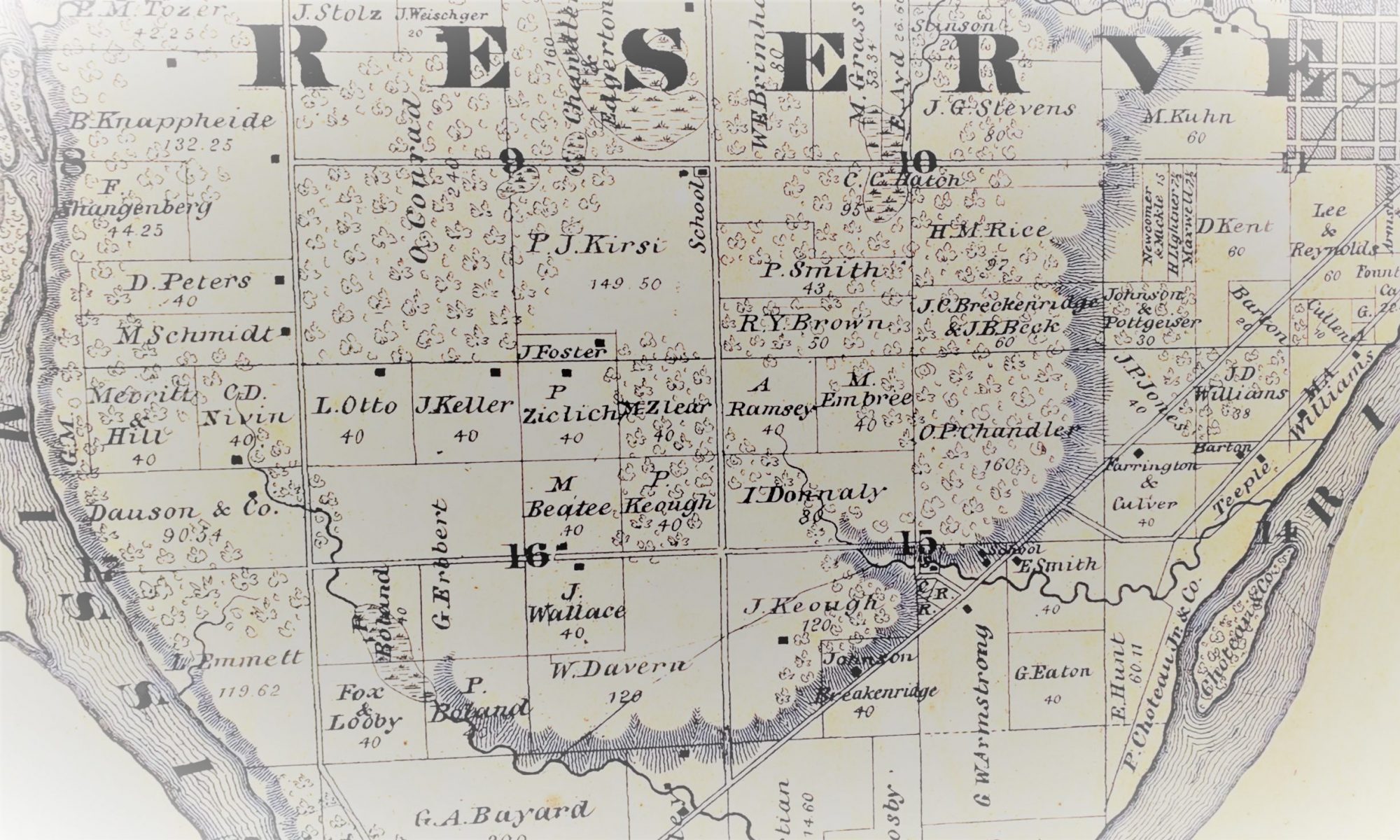By Evelyn Osborn
“The Curious Twin” by Douglas Winthrop details the causes behind the vast difference in antisemitism between the twin cities of St. Paul and Minneapolis. Highland Heritage Project heard about the paper through his mother, Barbara Winthrop, who we interviewed about her work as a speech clinician at Highland Park High School. Winthrop wrote the paper in 1982 as a freshman in college. Despite being authored 40 years ago, the paper offers valuable insights on Jewish history in the Twin Cities.
Winthrop begins his paper by explaining the high level of antisemitism that occurred in Minneapolis. He writes that Minneapolis Jews experienced a “subtle social discrimination.” They were excluded from country or city clubs and were underrepresented on civic commissions and community committees. Along with the social separation they experienced in Minneapolis, Jews were also discriminated against in economic fields; many industries such as lumbering, milling, transportation and banking, purposely refused to hire them. With the disturbing levels of antisemitism in the neighboring city, how is it that St. Paul remained much more welcoming to Jews?
The three main differences that Winthrop suggests as the cause of this divide are the timing of Jewish immigration to Minneapolis and St. Paul, the community structures of both cities, and the ethnic and religious composition of the two cities.
Many of the early settlers arriving in St. Paul were Jewish. Winthrop compares the early involvement of the Jewish community in St. Paul’s development which allowed them to be integrated into the community, to how Jews arrived in Minneapolis after class structures had already been set.
In St. Paul, the Jewish population grew steadily and their social advancement “never stood out sharply or took on any significance.” In Minneapolis, however, Winthrop references Carey McWilliams’ book, A Mask for Privilege: Anti-semitism in America, which suggests the rapid growth of the Jewish population disrupted social patterns and Jews experienced antisemitism from higher classes. Winthrop also includes information from John Higham’s book, Send These to Me, which references Jews experiencing discrimination from other groups striving for advancement who viewed them as competition.
The final comparison Winthrop makes between Minneapolis and St. Paul deals with the ethnic and religious composition of neighboring communities. St. Paul was first populated by Germans and Irish immigrants. Half of the Germans were Catholic as well as the majority of the Irish. Winthrop describes the bond formed between the Jewish and Catholic population due to their shared interest in fighting “nativism” though it is not made clear who the nativist agitators were. In Minneapolis, there was a far smaller Catholic presence and the larger religious group, led by the Lutheran clergy, did not involve itself in social issues which allowed the “continuance of an anti-Semitic pattern.”
Overall, in “The Curious Twin” Winthrop provides a clear explanation of how both cities developed their separate tolerance or intolerance of Jewish people. There is a clear timeline throughout the essay and the main points are well selected to add to each city’s story. It was a fascinating read that documents the interesting Jewish history of the Twin Cities.
